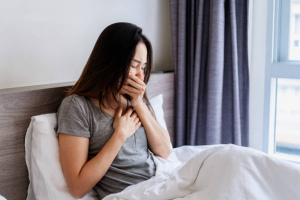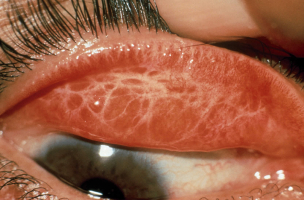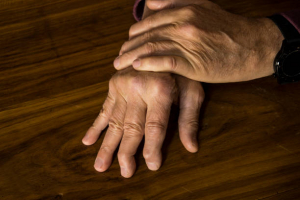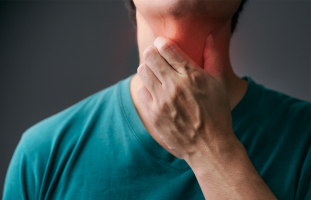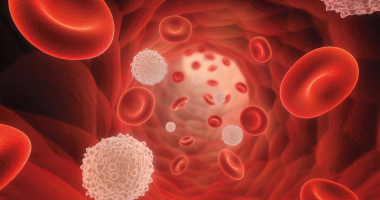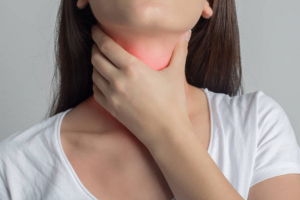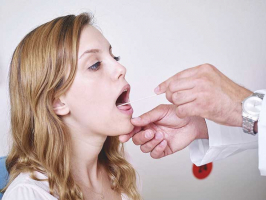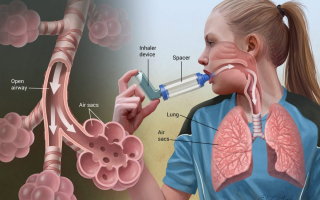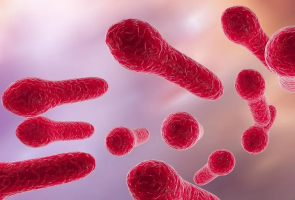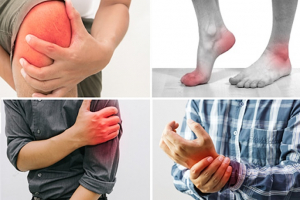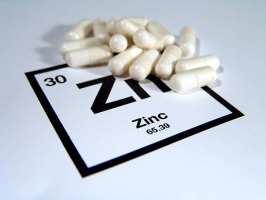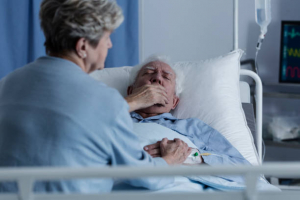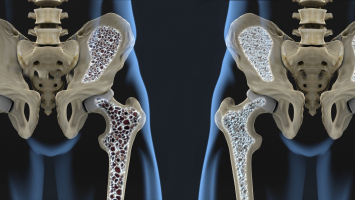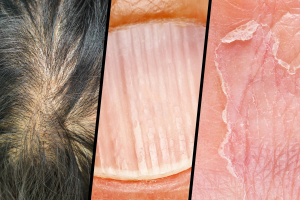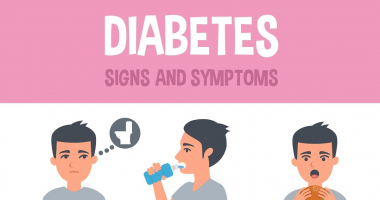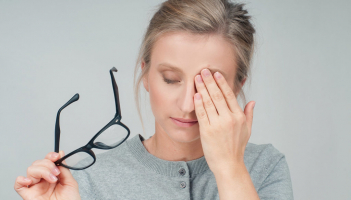Top 10 Signs and Symptoms of Anxiety Disorders
Anxiety and its symptoms, such as chronic or severe apprehension, physical tension, lack of sleep, or a racing heart, affect an estimated 280 million people ... read more...worldwide. Below are some Signs and Symptoms of Anxiety Disorders you can refer to have more information!
-
Excessive worrying is having recurrent or powerful thoughts about possible issues, whether actual or not, without ever finding an acceptable solution that makes you feel better. Worrying constantly, thinking negatively, and expecting the worst can have a bad impact on your emotional and physical health. It can drain your emotional power, make you restless, cause sleeplessness, headaches, stomach issues, and muscular strain, and make it difficult to focus at work or school.
People who worry excessively or incessantly are frequently bothered by unsettling what-if scenarios or reliving past events, focusing on negative or troubling elements while neglecting positive ones. Minor, everyday issues grow into gigantic dimensions. It's fairly uncommon for people with anxiety disorders to realize intellectually that their thoughts don't reflect reality yet still be unable to calm down. This is especially true with a generalized anxiety disorder (GAD), which affects 6.8 million people in the United States each year.
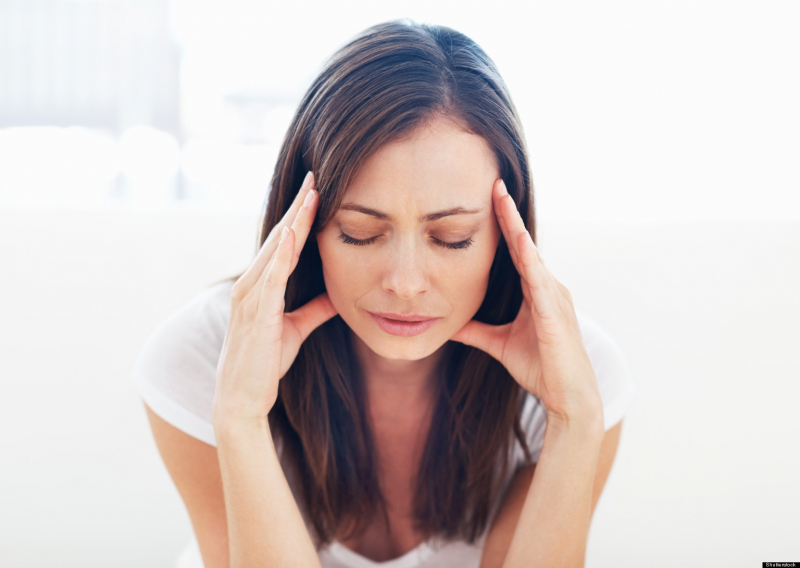
Excessive or incessant worrying 
Excessive or incessant worrying -
Fidgeting, toe-tapping, thumb-rolling and other nervous tics (small, repetitive movements) are all symptoms of agitation, yet you may be unaware of them. Increased activity in your sympathetic nervous system, which controls your fight or flight response, causes the physical arousal associated with worry. Fidgeting and restlessness are frequent symptoms of this—the body's way of coping with all that nervous energy.
Sweating, shaking hands, a dry mouth, and headaches are signs of more severe agitation. Of course, not everyone who fidgets is anxious, and not everyone who is anxious is restless. However, if you notice that stopping fidgeting causes you to feel extreme physical discomfort and intensifies your worry, it's definitely a symptom of an anxiety problem. It might also be a sign of obsessive-compulsive disorder (OCD), which can occur alone or in conjunction with anxiety.

Restlessness and Agitation 
Restlessness and Agitation -
Anxiety is strongly associated with sleep problems. It's difficult to go asleep and stay asleep all night when you have a lot of anxiety and fear. Worry can be exacerbated by sleep deprivation, creating a vicious cycle of sleeplessness and anxiety. As a result, the less sleep you get, the more anxious you get.
Anxiety disorders are the most common mental health problem in the United States, while sleep deprivation has been related to a variety of physical problems. As a result, identifying and treating the connections between anxiety and sleep can be crucial to one's physical and mental health. Anxiety issues are also commonly associated with disturbing or bizarre dreams, which can lead people to wake up at odd hours of the night and have difficulties falling asleep again. Insomnia, whether or not it's connected to anxiety, may have a substantial detrimental influence on your overall health and well-being, therefore it's critical to get professional help.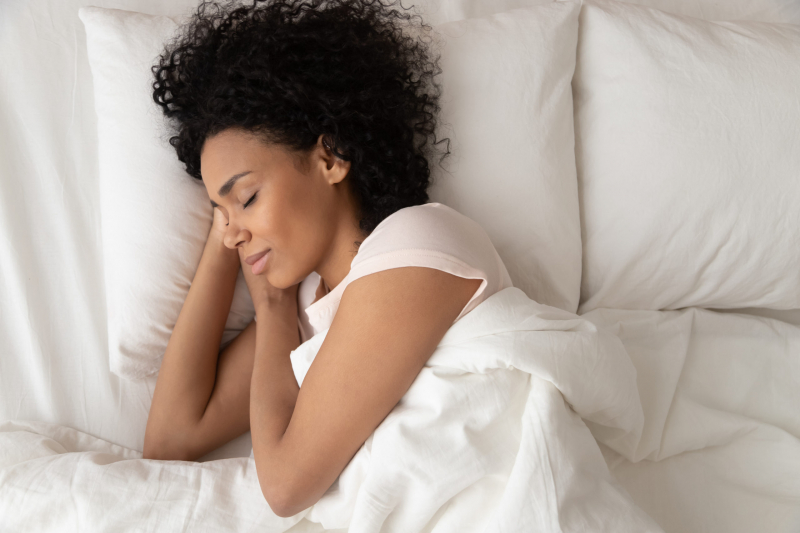
Insomnia 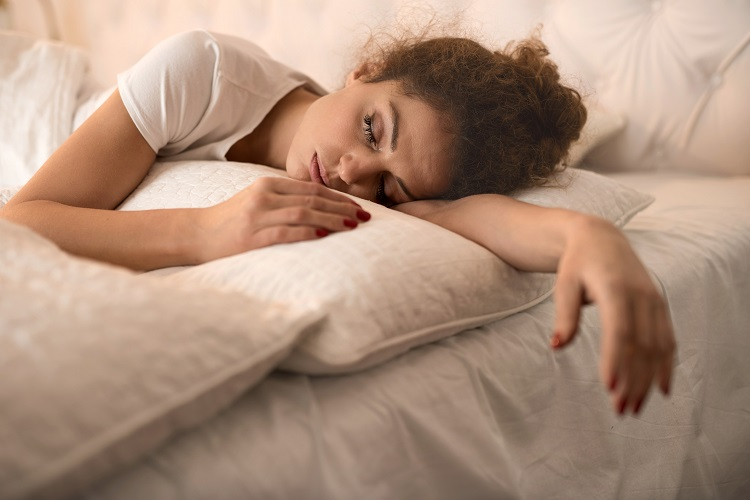
Insomnia -
Of course, one of the most obvious side symptoms of insomnia is fatigue, but many people with anxiety problems, whether or not they have insomnia, feel abnormally tired, foggy, and fatigued throughout the day.
The physical symptoms of anxiety are caused by excessive activity in your sympathetic nervous system, which results in a constant state of hyper-alertness. When this system is activated for an extended amount of time, it might cause persistent weariness. Everyone gets fatigued from time to time. Excessive or chronic tiredness, on the other hand, is a frequent symptom of anxiety that can have a negative influence on your life and make it difficult to carry out daily tasks.
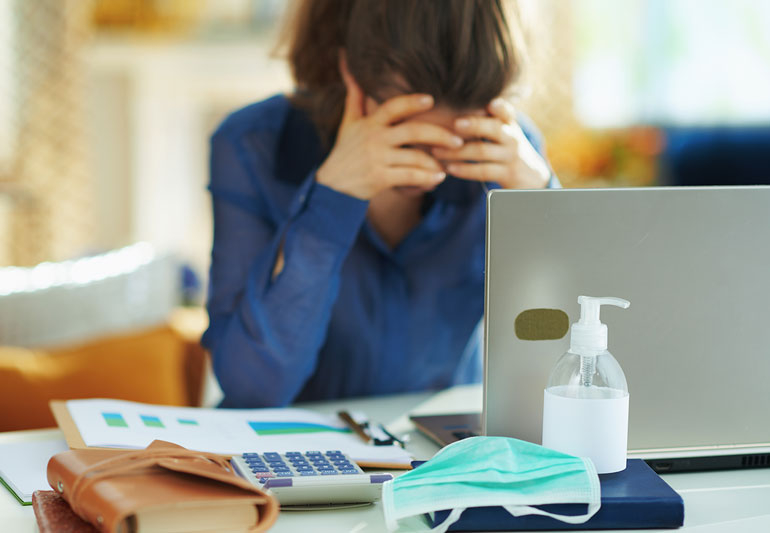
Fatigue 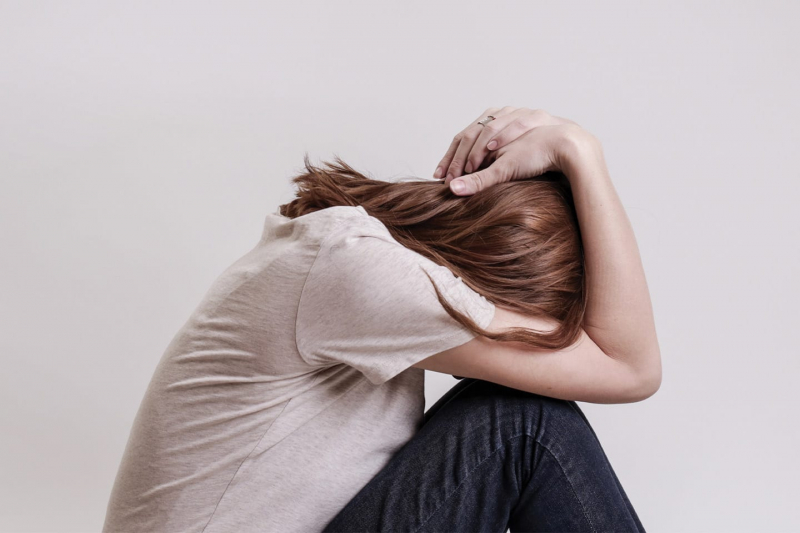
Fatigue -
A typical sign of anxiety is an inability to focus on daily tasks (although it can also be associated with other disorders, like ADHD). Many people with anxiety disorders say that this is one of the symptoms that has the most influence on their lives since it makes it difficult or impossible to function well at work or enjoy hobbies and pastimes.
It's unlikely that your inability to concentrate is due to an anxiety problem if you don't have any concomitant emotions of worry or anxiousness. However, it's still worth seeing a doctor or therapist about it, as it might be a symptom of something worse. Many people with anxiety experience absentmindedness or forgetfulness as a result of their difficulty concentrating, which can be a source of anxiety and reinforce bad sentiments.
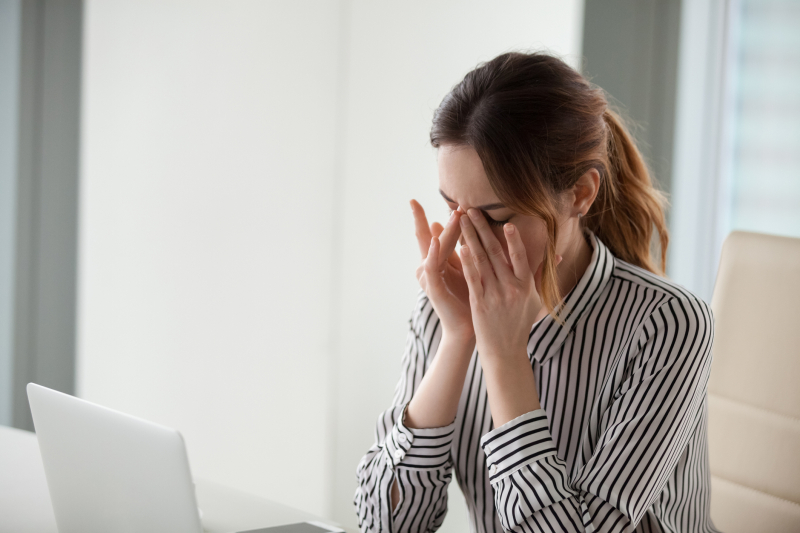
Inability to concentrate 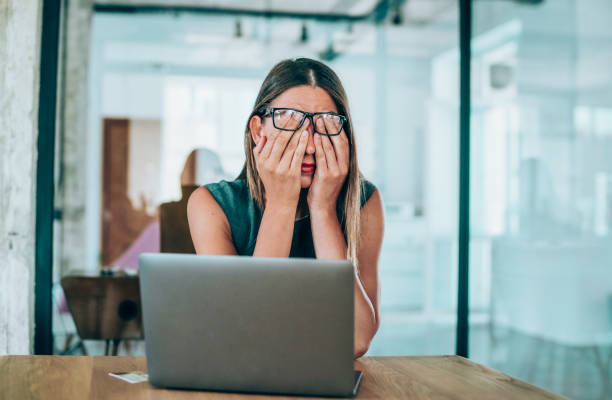
Inability to concentrate -
Many people who suffer from anxiety also struggle with irritability, or the tendency to become easily angered or frustrated. This is especially true of adolescents and teens, with anxious adolescents being more irritable and volatile than their peers. However, many adults experience irritability as a result of their anxiousness.
Irritability may affect your perceptions of the world and how you interact with your friends and family, causing pressure and conflict in relationships, which can be a source of anxiety in and of itself. This is another vicious cycle, similar to fatigue, in which increased anxiety leads to more irritability and vice versa.

Irritability 
Irritability -
Anxiety's feelings of danger and dread trigger your fight or flight reaction, resulting in increased physical strain and tension. This can cause trembling in your hands or other body parts, as well as severe headaches and pains in your neck, shoulders, and back (where many people carry their tension).
It might be a symptom of an anxiety disorder if you tense up more the more nervous you are, or if you notice that you're unusually tense throughout the day without any clear or immediate reason (that is, you're in a permanent state of readiness). Relaxation techniques such as meditation or breathing exercises are one way to relieve muscle tension throughout the day. There are a number of mediation apps available to assist you with these practices.
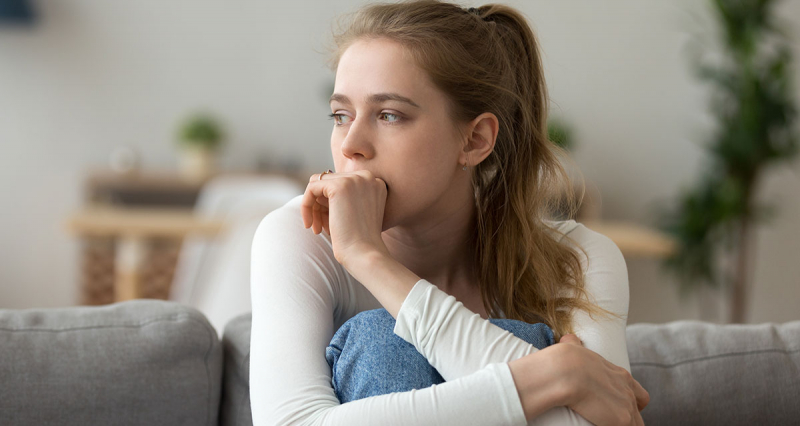
Increased Muscle Tension 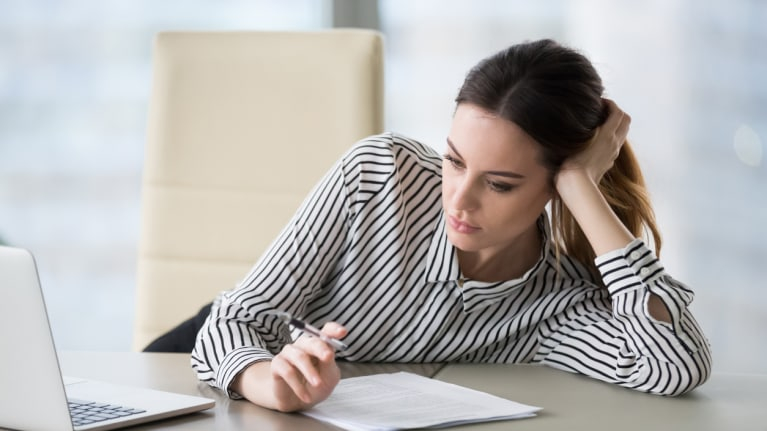
Increased Muscle Tension -
People with anxiety, particularly those with a social anxiety disorder (SAD), are known to avoid social interactions and withdraw from the outside world. This can be one of the most painful aspects of their anxiety disorder for such people. They may feel cut off from their friends and family, and this isolation can exacerbate anxiety.
Meeting new people or participating in particular social activities, such as going to a party where you don't know many people or trying to talk in front of strangers or even a big group of friends, might make you feel nervous. However, SAD is most commonly associated with social avoidance that escalates to the point where you spend most or all of your time alone and feel completely unable to cope with social situations. Importantly, research shows that people of the LGBTQ+ community are disproportionately affected by social anxiety. Anxiety, depression, and other mental health disorders might result from the overall stressors involved with a (sexual) minority identity.

Social Avoidance 
Social Avoidance -
One of the most typical symptoms of anxiety disorder is feeling short of breath or as if you have a weight on your chest. It can cause hyperventilation in certain situations, but most patients describe it as chronic, long-lasting pain. Labored breathing has been related to anxiety disorders in studies, so it's no wonder it's one of the most often reported symptoms across all anxiety disorders.
Fortunately, it's also one of the anxiety symptoms that respond best to mindfulness and meditation activities. Certain breathing techniques that intentionally calm your breathing can even have an immediate and long-lasting effect on other anxiety symptoms.
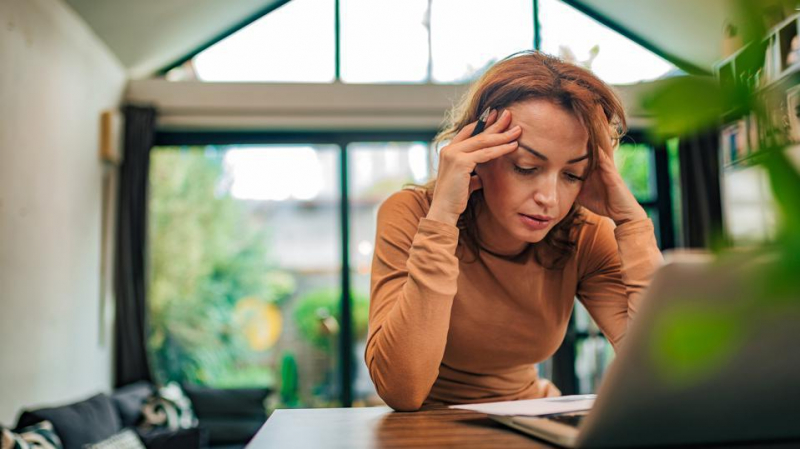
Shortness of breath or chest tightness 
Shortness of breath or chest tightness -
A panic attack is characterized by significant physical symptoms such as hyperventilation, racing heart, trembling, sweating, light-headedness, and dizziness, as well as a period of strong, overwhelming fear and apprehension.
Panic attacks cause people to feel an uncontrolled sense of dread as if something terrible is going to happen. This sensation can continue anywhere from a few minutes to many hours, and it may respond to calming techniques such as regulated breathing. It is without a doubt the most well-known and, for many people, the most unsettling symptom of anxiety disorders. Because a panic attack is so intense, it's not uncommon for people to mistake it for a heart attack the first time they have one. Panic attacks, unsurprisingly, are what motivate many people to seek help from a therapist.
Panic Attacks 
Panic Attacks












